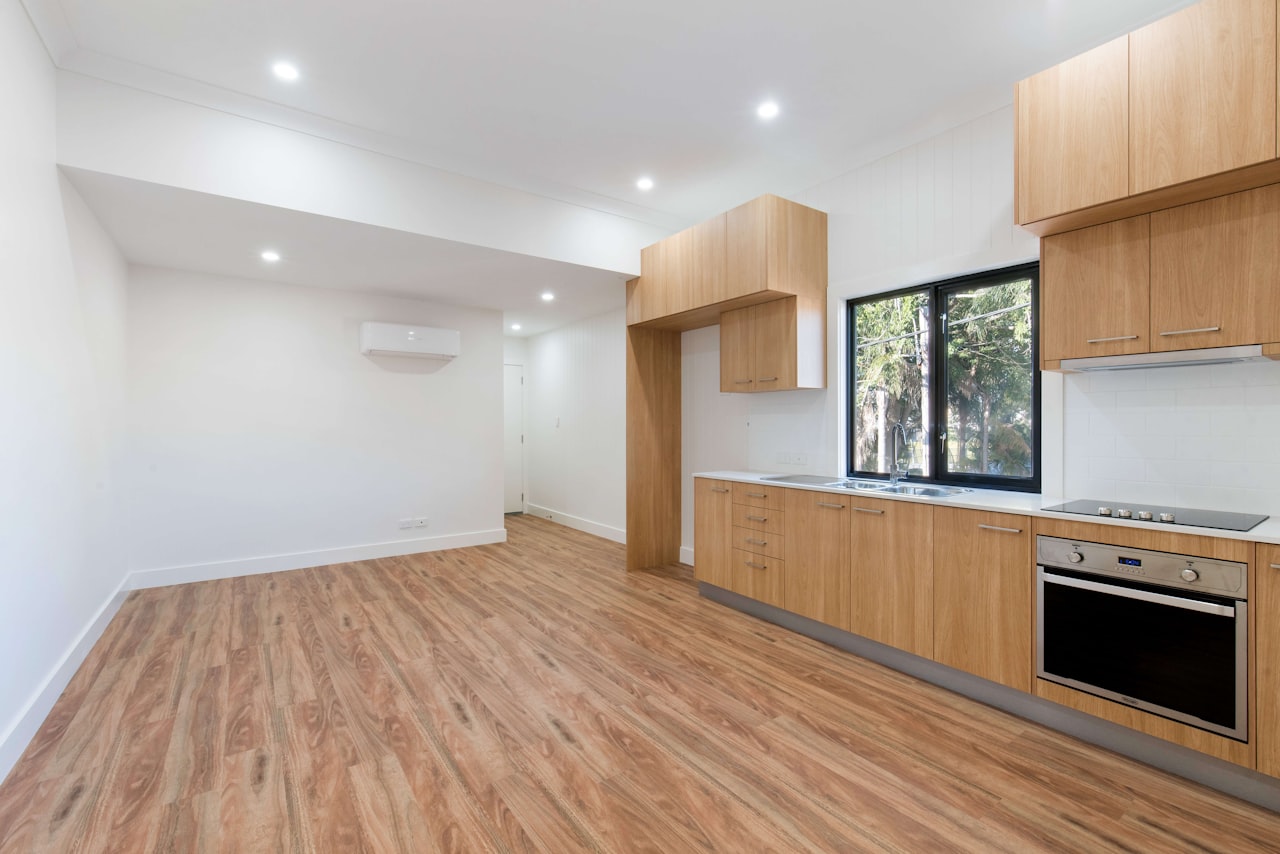TheMarket: York Region Real Estate Update November 2025
👉 📖 View TheMarket – November 2025 Edition
The York Region real estate market continues to navigate a period of recalibration this fall. Elevated listings, slower sales, and gently adjusting prices are shaping a market that feels measured neither hot nor cold, but balanced. For both buyers and sellers, strategy and timing remain key.
Inventory Builds, Buyers Take Their Time
October brought another month of rising inventory across York Region, with 5,547 active listings up nearly 19% year-over-year. That’s the most selection buyers have seen in over two years, creating a clear advantage for those shopping this fall.
Sales, however, haven’t kept pace. Just over 1,050 homes sold across the region, down 11% compared to October 2024. The takeaway? The increase in listings isn’t yet translating into higher buyer activity suggesting that while options are abundant, many buyers are still watching and waiting.
Community Snapshots
In Aurora, listings continue to climb, with 337 homes active in October, a significant 33.7% increase year-over-year. Sales, however, have slipped to 62 transactions, marking a 24% decline from last fall. The result is a market where buyers have the upper hand, homes are spending longer on the market, and sellers are adjusting expectations accordingly. The average price of $1,317,466, down about 8%, reflects steady but moderate price softness consistent with the broader York Region trend.
Moving north to East Gwillimbury, the story is similar but with an interesting twist. The town recorded 243 active listings, up 23.9% year-over-year, while sales fell 16.3% to just 29 transactions. Despite the slowdown, the average price rose 12% to $1,205,724, though this increase is largely due to a small sample size; a few higher-end sales likely pulled the average upward, rather than signaling a true shift in market value.
Meanwhile, Newmarket continues to trend closely with the regional average. Active listings reached 343, an increase of 23.4% year-over-year, while sales dropped 13.4% to 75 transactions. The average price settled at $1,021,156, down roughly 9% from 2024. The local market remains steady but slow-moving, with more inventory and longer selling times giving buyers greater flexibility and leverage than in recent years.
Prices Hold Firm as Confidence Rebuilds
Across York Region, the average price now sits at $1,180,311, with a median of $1,080,000 both down roughly 10% year-over-year. Yet, prices have remained relatively stable month-to-month, signaling a market that’s adjusting, not falling.
Buyers are clearly becoming more selective, but recent policy shifts are helping restore some optimism. The Bank of Canada’s second consecutive rate cut, bringing the overnight rate to 2.25%, has slightly improved affordability and qualification conditions. Still, many are taking a cautious “wait-and-see” approach, hoping for further clarity on inflation and rate stability before making big moves.
Economic Context: Rates Easing, Not Racing Down
October’s 25-basis-point rate cut marked the second consecutive reduction, as the Bank continues to balance inflation (holding around 2.4%) against slowing GDP growth. Economists widely expect a pause in December, allowing time to gauge progress.
The implication for real estate? We’re entering a plateau period, where rates may stabilize through winter before any further drops in 2026. This slower easing cycle supports gradual affordability gains but also keeps pressure on sellers competing in a high-supply environment.
Looking Ahead: A Strategic Winter Market
As we move through November and into the quieter winter season, listing volumes are expected to fall 30–40%, a typical seasonal dip that could help balance conditions. For sellers, that means presentation and pricing precision are more important than ever to stand out. For buyers, this fall offers a window of opportunity: fewer bidding wars, motivated sellers, and more time to negotiate before competition returns in spring.
The Takeaway
York Region’s market is firmly in balance: more listings, fewer sales, and prices adjusting gradually. With rates easing and confidence slowly rebuilding, late 2025 is shaping up as a time for thoughtful, strategic moves whether you’re buying, selling, or simply planning your next step.
If you’d like to explore the full York Region data set complete with community-by-community insights, price charts, and our professional analysis check out this month’s edition of TheMarket, brought to you by The Toombs Team.






















































































